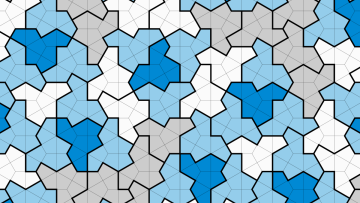In many modern applications, a key bottleneck is the solution of a matrix problem of the form Ax=b where A is a large matrix. In numerical weather prediction, such systems arise as a sub-problem within data assimilation algorithms. In this setting, finding the most likely initial condition with which to initialise a forecast is equivalent to finding the (approximate) solution x.
13:00
Generalized Symmetries in Argyres-Douglas Theories
Abstract
I will first review how to construct (G,G') and D_p(G) theories from geometric engineering. Then, I will briefly introduce how 1-form symmetries are found in these AD theories, focusing on their dynamical consequences in the study of the Higgs branch for such theories. Analogously, I will show how certain D_p(G) theories enjoy a 2-group structure due to a non-trivial extension between a discrete 1-form symmetry and a continuous 0-form symmetry, emphasizing the dynamical consequences that a 2-group structure entails, and the family of AD theories that have it. This analysis allowed us to "bootstrap" families of D_p(G) theories sharing the same properties. Finally, I discuss the presence of non-invertible symmetries in AD theories obtained by gauging the flavor symmetry of multiple D_p(SU(N)) theories.
We will be celebrating the discovery of 'The Hat', a tile which tiles only aperiodically, on the 20th and 21st July here in the Mathematical Institute, Oxford. Come and join us!
The theory of tilings in the plane touches on diverse areas of mathematics, physics and beyond. Aperiodic sets of tiles, such as the famous Penrose tiling that you see as you walk into the Mathematical Institute, admit tilings of the plane without any translational symmetry.



